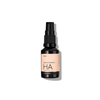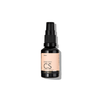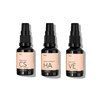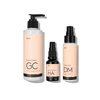Skin Purging vs. Breakouts: Understanding the Key Differences
Regarding skincare, a few things are as frustrating as unexpected blemishes. Two terms often come up in this context: skin purging and breakouts. While they might appear similar at first glance, there are crucial differences between the two.
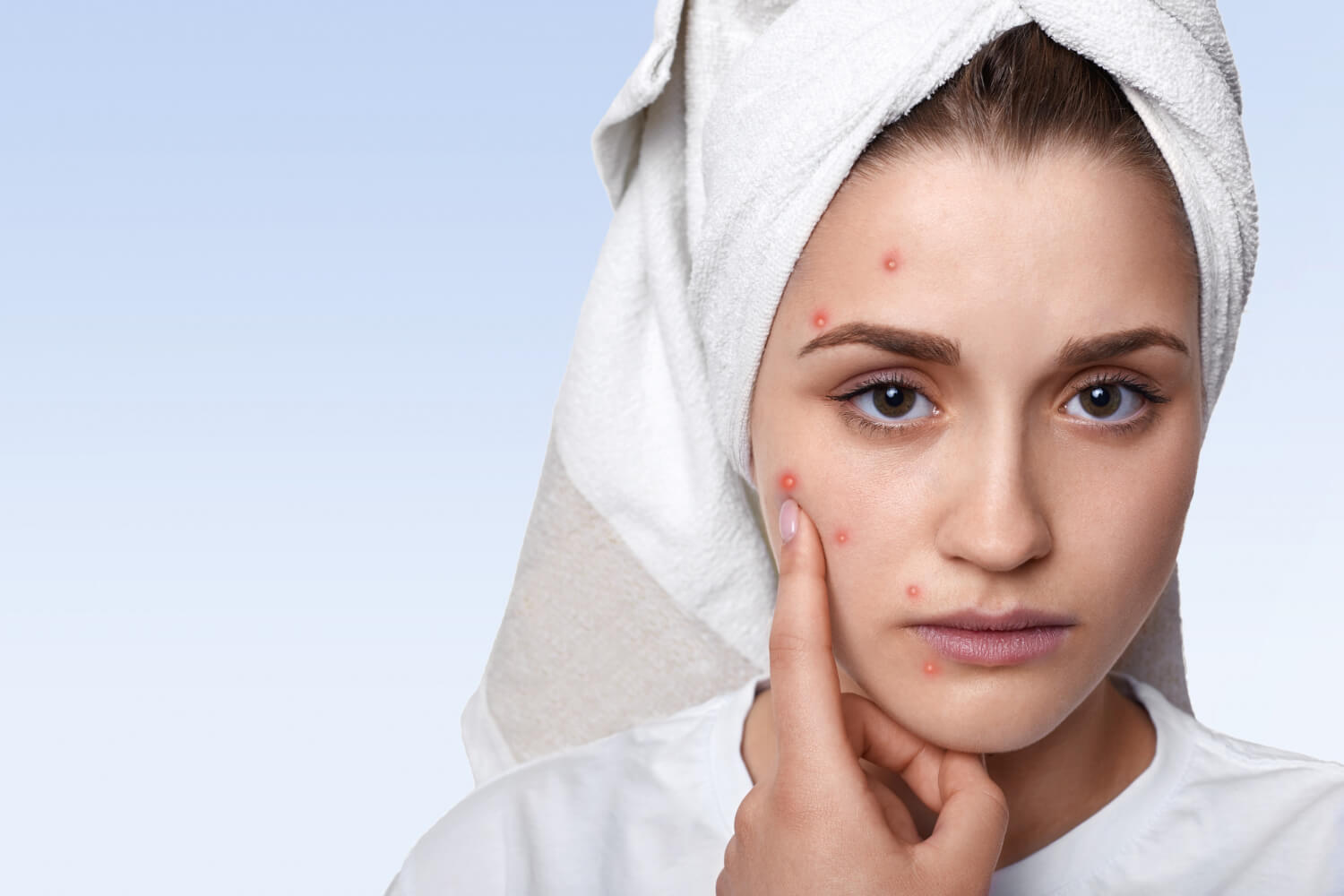
In this article, we'll delve into what sets them apart and how you can identify which one you're experiencing. Plus, we'll discuss the role of the best vitamin C serum in managing these skin issues.
What is Skin Purging?
Skin purging is a process that can occur when you introduce a new skincare product to your routine, particularly those that accelerate cell turnover. This includes ingredients like retinoids, AHAs, and BHAs. During purging, your skin is essentially expelling dead skin cells and debris from beneath the surface, which can lead to a temporary increase in breakouts.
Signs of Skin Purging
- Location: Purging typically occurs in areas where you already have frequent breakouts.
- Duration: Purging is temporary and usually subsides within 4 to 6 weeks.
- Appearance: The breakouts from purging are usually small, come to a head quickly, and heal faster.
What are Breakouts?
Breakouts, on the other hand, are caused by a variety of factors including hormones, stress, diet, and bacteria. Unlike purging, breakouts are not a response to a new skincare product but rather an indication of an imbalance or irritation in the skin.
Signs of Breakouts
- Location: Breakouts can occur anywhere on the face, often in new areas.
- Duration: Breakouts can last longer than purging and may not resolve on their own without treatment.
- Appearance: Breakouts can be larger, more inflamed, and take longer to heal.
Key Differences Between Skin Purging and Breakouts

- Cause: Skin purging is caused by accelerated cell turnover due to the introduction of new skincare products. Breakouts, on the other hand, can be triggered by a variety of factors including hormonal changes, stress, diet, bacteria, and other external factors.
- Duration: Skin purging is temporary and usually resolves within 4 to 6 weeks as the skin adjusts to the new product. Breakouts can last longer and may persist until the underlying cause is addressed.
- Location: Skin purging typically occurs in areas where you already have frequent breakouts, as it is a response to increased cell turnover. Breakouts can occur anywhere on the face and are not limited to previous problem areas.
- Appearance: The breakouts from skin purging are usually small, come to a head quickly, and heal faster. In contrast, breakouts can be larger, more inflamed, and take longer to heal.
- Trigger: Skin purging is specifically triggered by the introduction of active skincare ingredients that accelerate cell turnover. Breakouts can be triggered by a wide range of factors, including hormonal changes, stress, and improper skincare.
- Pattern: Skin purging often follows a predictable pattern based on the usage of the skincare product causing the purge. Breakouts can be unpredictable and occur at any time.
- Comedones: Closed comedones (whiteheads) are more common during skin purging. In the case of breakouts, open comedones (blackheads) and cystic acne are more common.
- Skin Texture: When experiencing skin purging, the skin may initially feel rough due to the increased cell turnover. During breakouts, the skin may feel oily or dry depending on the underlying cause.
- Treatment Response: Skin purging usually improves with continued use of the product causing the purge, as the skin adjusts to the increased turnover. Breakouts often require targeted treatment to address the specific cause and may not improve with continued use of the same product.
- Prevention: Preventing skin purging is difficult as it is a natural response to certain skincare products. Breakouts can be minimised with a consistent skincare routine, a healthy lifestyle, and avoiding known triggers.
Managing Skin Purging and Breakouts with the Best Vitamin C Serum
Vitamin C serums are renowned for their ability to brighten the skin, boost collagen production, and fight free radicals. But did you know that it can also be a valuable ally in managing both skin purging and breakouts?
For Skin Purging
When your skin is purging, it's essential to maintain a gentle skincare routine. The best vitamin C serum can help soothe the skin and promote faster healing due to its anti-inflammatory properties. It can also help prevent post-inflammatory hyperpigmentation, a common aftermath of purging.
For Breakouts
For breakouts, the vitamin C serum can help reduce inflammation and redness. Its antimicrobial properties can also help prevent the spread of acne-causing bacteria. Plus, vitamin C's ability to promote collagen production can aid in the healing process of acne scars.
Tips for Incorporating the Best Vitamin C Serum into Your Routine
- Start Slowly: If you're new to vitamin C serums, start by applying it every other day to see how your skin reacts.
- Pair with Sunscreen: Vitamin C can make your skin more sensitive to the sun, so always follow up with a broad-spectrum sunscreen.
- Choose the Right Formulation: Look for a serum with a stable form of vitamin C and a concentration that suits your skin type.
Conclusion
Understanding the differences between skin purging and breakouts is crucial for effective skincare management. While both can be frustrating, recognising the signs and knowing how to respond can make all the difference. Incorporating the best vitamin C serum into your routine can be a game-changer in soothing and healing your skin, whether you're dealing with purging or breakouts.
Remember to be patient with your skin, and consult with a dermatologist if you're unsure about your symptoms or if they persist.
At Fether, our philosophy centres around the elegance of simplicity. We meticulously craft our skincare selections to harmonise with your skin's natural rhythm. These emphasising formulations not only deliver results but do so with a commitment to sustainability and ethical practices.

